It can be hard to remember that only 15 years ago the way people engaged with large public events was dramatically different. The presence of cell phone photography—the citizen witness—today is so embedded in our public landscape and understanding of how news happens that it hardly even registers any longer.
In virtually any image made of people in public, some proportion will invariably be caught in the act of photographing. The way we experience events unfolding, whether a film premier or a police shooting, has fundamentally changed with the rise of personal tech. Now the default reaction is to raise a smartphone overhead.
September 11 may have been the last time such a news event was experienced by people on the ground without screens. The events of that day are remembered as a landmark in online reporting, a marked shift in the way news is spread and consumed.
But while more than half of Americans were cell phone owners at the time, it would be another three or four years until most of those phones were equipped with cameras. The change has been subtle, but between then and now public life has gone from an ostensibly anonymous experience to one where being photographed—and photographing—is ubiquitous.
We lost a lot on 9/11, lives and a sense of security being the most immediate. But the reverberations resulting from the collision of violence and fear with technological gains at the beginning of the 21st century are still being worked out well into its second decade.
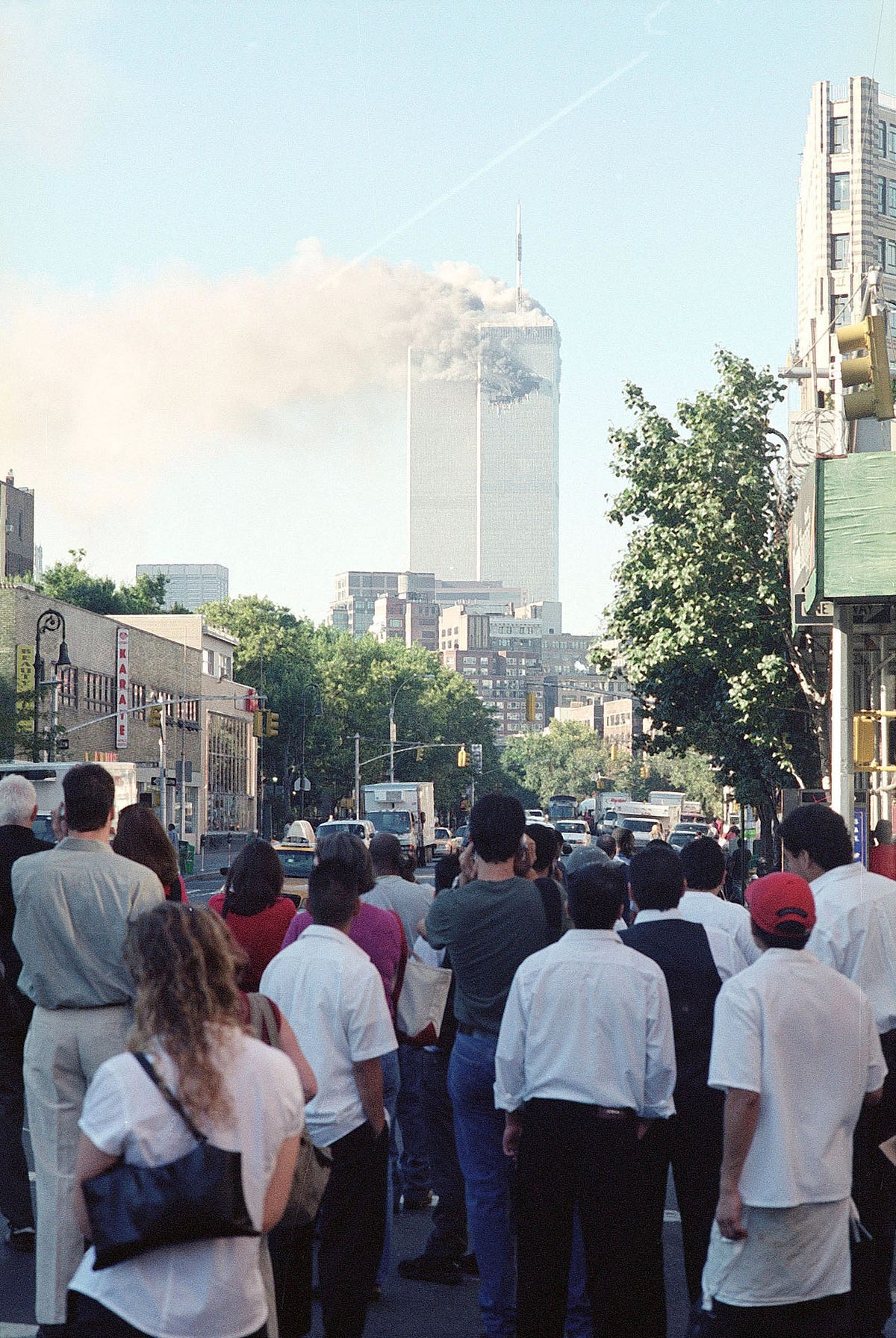
(Mike Falco/LIFE/Getty)

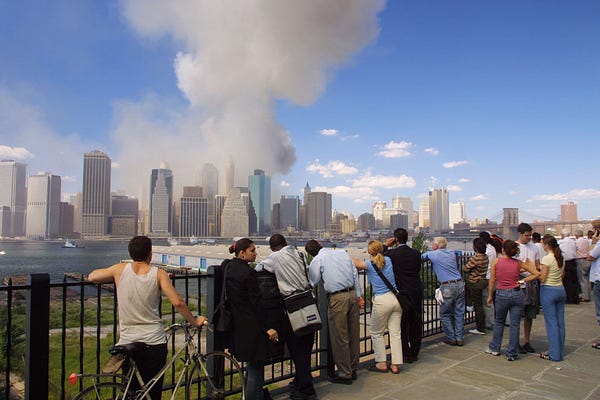
(Patrick Witty) (Marion Curtis Haines/LIFE/Getty)
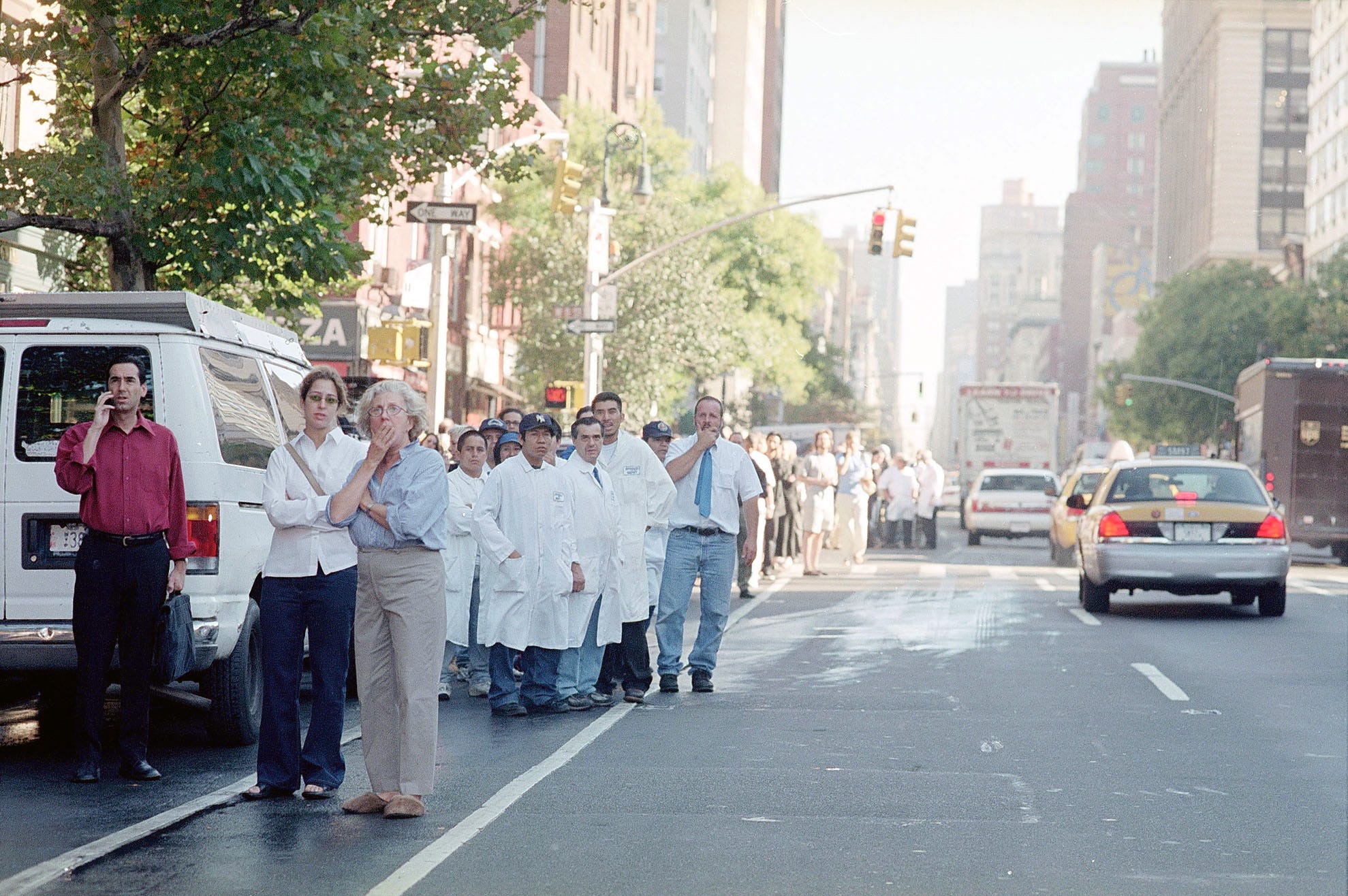 (Mike Falco/LIFE/Getty)
(Mike Falco/LIFE/Getty)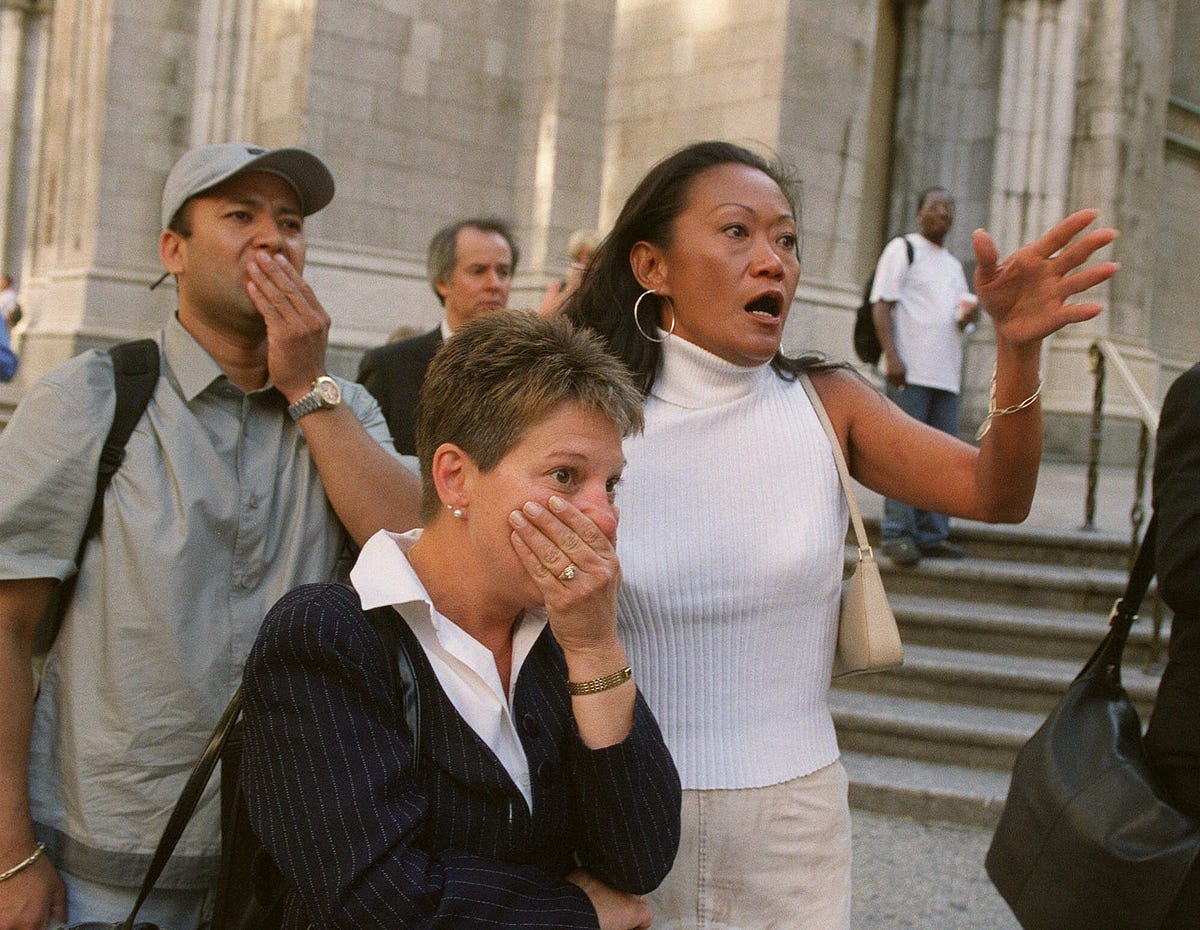 (AP Photo/Marty Lederhandler)
(AP Photo/Marty Lederhandler) (Spencer Platt/Getty)
(Spencer Platt/Getty)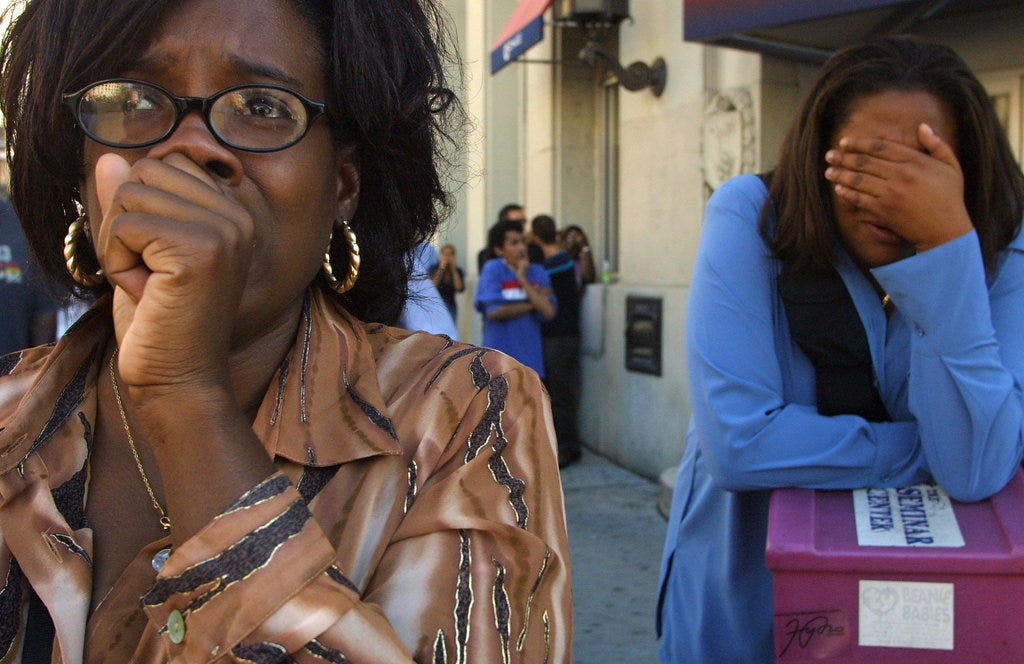 (Angel Franco/New York Times)
(Angel Franco/New York Times)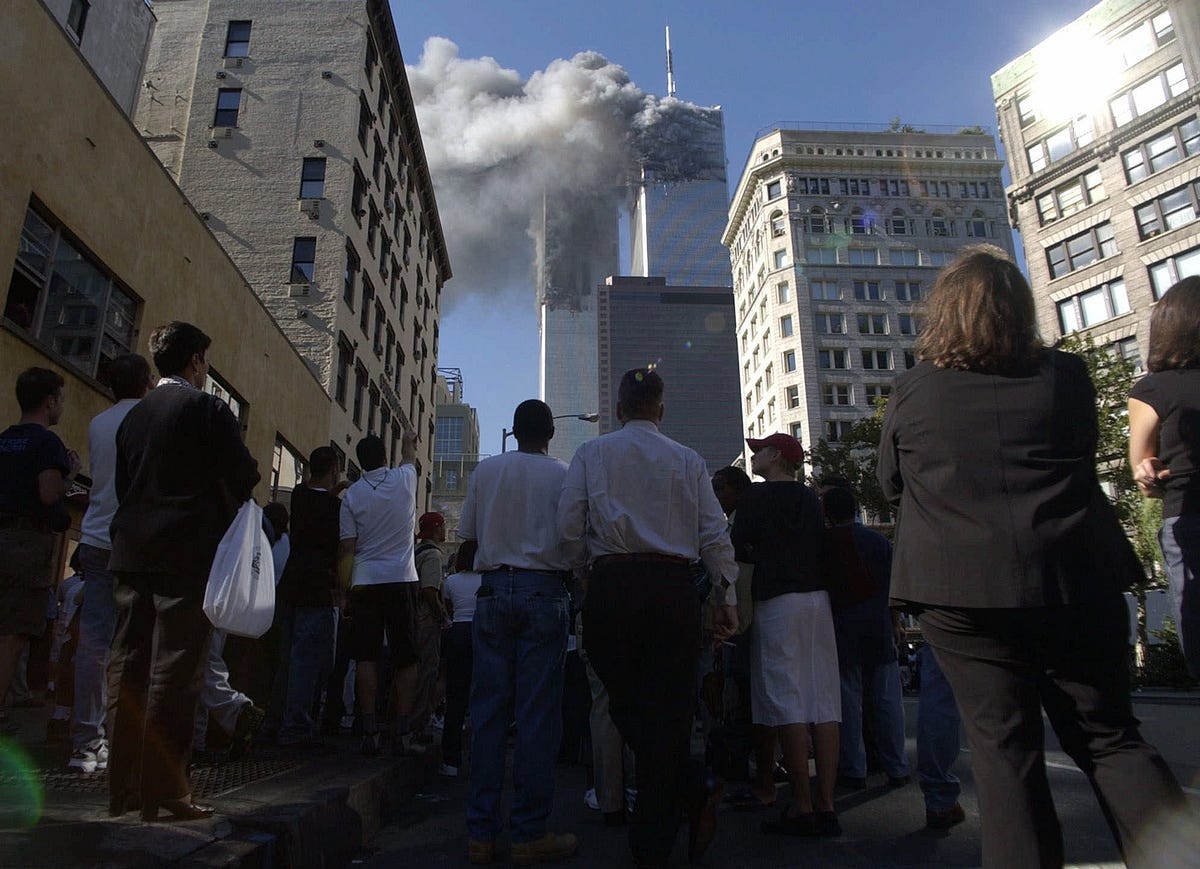 (AP Photo/Amy Sancetta)
(AP Photo/Amy Sancetta)



